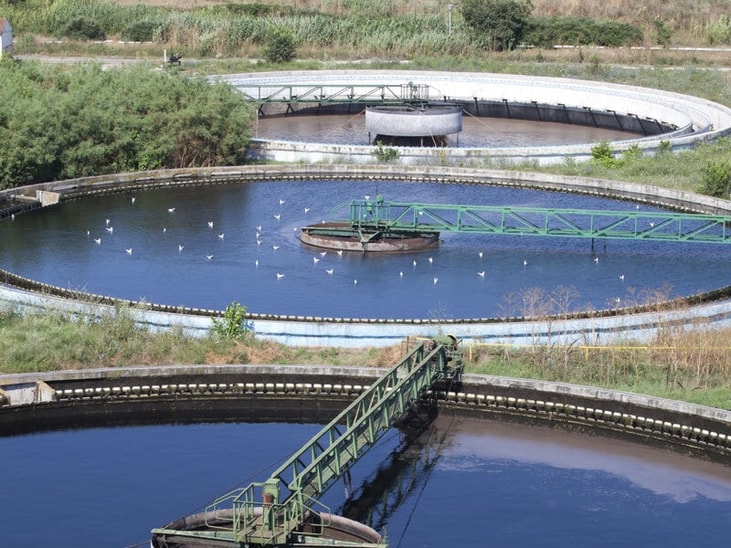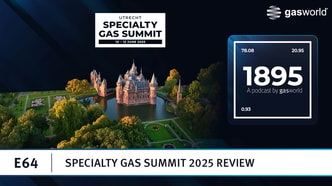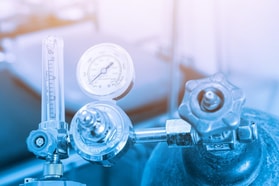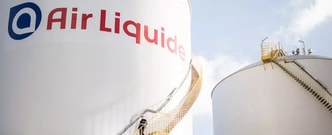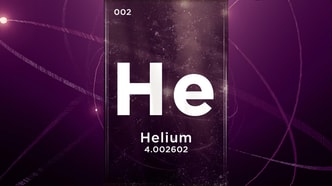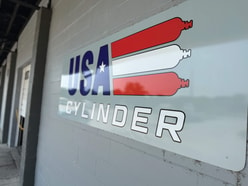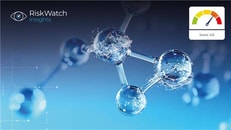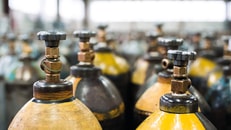Down and dirty – Tips for accurate metering of digester gases
The primary goal of the the municipal wastewater treatment process is to remove suspended solids, bio-degradable organics, pathogenic bacteria, and nutrients from the wastewater before it is allowed to be returned to the environment.
Wastewater treatment includes physical, chemical and biological processes, including chemical addition, coagulation, flocculation, sedimentation, filtration, and disinfection in order to decontaminate the water.
Sludge, the by-product of the treatment process, is further treated to make it safer for the environment. The sludge is placed in heated oxygen free tanks, called digesters, for two to three weeks. Digestion fuels the growth of anaerobic bacteria, which consume organic material in the sludge. The anaerobic digestion process stabilises the thickened sludge by converting much of the material into water, carbon dioxide and methane gas. The resulting bio-solids are then dewatered for easier handling and often applied to farms to improve vegetation growth or processed further as compost or fertiliser.
... to continue reading you must be subscribed

